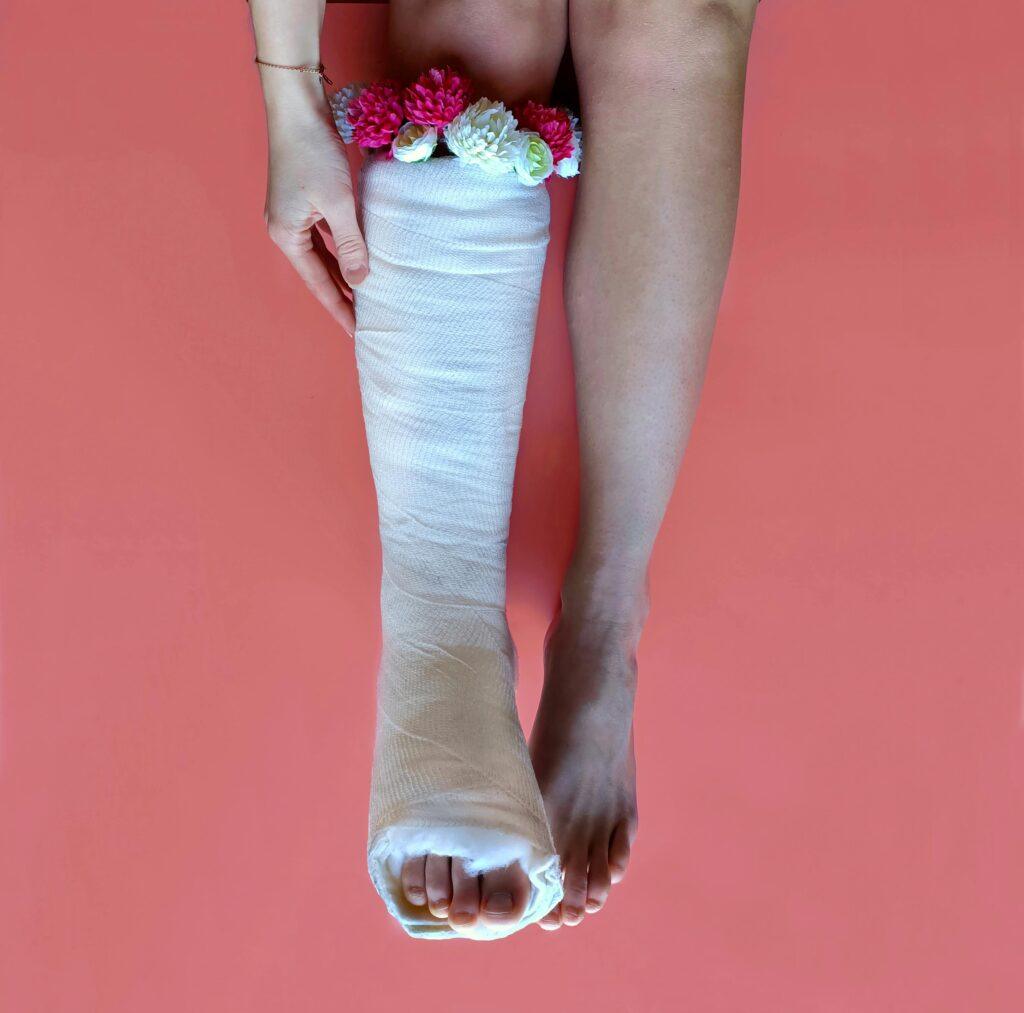Introduction
Full casts are essential for providing circumferential fracture support and ensuring proper bone alignment during healing. Unlike backslabs, they offer three-point moulding, making them ideal for definitive fracture management. However, they are not recommended for acute emergency treatment due to swelling risks.
This guide covers the step-by-step application of a wrist cast, key safety checks, and the principles of three-point fixation. We’ll also compare plaster casts with synthetic alternatives like fibreglass and polypropylene.

Why Full Casts Are Used for Fracture Management
Full casts provide 360-degree support, immobilizing fractures effectively. They are commonly used for:
- Stable fractures requiring long-term immobilization
- Definitive treatment after initial swelling subsides
- Three-point moulding to maintain bone alignment
However, they should not be applied immediately after injury in the Emergency Department due to swelling risks.
Preparation for Full Cast Application
Before applying a full cast, gather the following materials:
- Plaster rolls (8 cm for upper limbs, 15 cm for lower limbs)
- Stockingette (to protect the skin)
- Soft wool roll (for padding)
- Tepid water (for wetting plaster)
- Ring removal (to prevent constriction)
Pro Tip: Work efficiently—plaster cures quickly, and prolonged positioning can displace fractures.
Step-by-Step Technique for Applying a Wrist Cast
1. Applying Stockingette
- Measure from elbow to fingertips (stockingette shortens when stretched).
- Cut a hole for the thumb to prevent constriction.
2. Padding with Wool Roll
- Apply two thicknesses of wool, overlapping each layer by half.
- Add extra padding over bony prominences (e.g., wrist, thumb base).
3. Wetting the Plaster
- Submerge the plaster roll in tepid water until bubbles stop rising.
- Gently squeeze out excess water while holding the tail.
4. Applying the Plaster Roll
- Start at the straightest part of the limb (above the wrist for Colles’ fractures).
- Unroll 20 cm at a time, maintaining even tension.
- Smooth each layer to remove air pockets.
5. Finishing the Full Casts
- Reinforce the wrist with 4-5 plaster layers.
- Roll back stockingette and wool over the edges for padding.
6. Safety Checks of Full Casts
- Ensure no skin is exposed to prevent thermal burns.
- Check finger and thumb mobility (should bend at least 90°).
- Verify capillary refill and sensation.
7. Post-Application Radiographs for Full Casts
- Obtain check X-rays to confirm proper fracture alignment.
Three-Point Moulding for Fracture Stability
In fractures like Colles’ fracture, the dorsal periosteum remains intact while the volar side tears. This allows three-point fixation:
- Volar pressure at the fracture site (fulcrum).
- Dorsal pressure above the fracture.
- Dorsal pressure below the fracture.
This technique stabilizes the fracture by tensioning the intact periosteum.
Key Tip: Use the heel of the hand for broad pressure distribution—avoid small pressure points to prevent skin damage.
Synthetic Casts: Pros and Cons
Synthetic materials like fibreglass and polypropylene offer advantages over plaster:
✅ Lighter and stronger
✅ Water-resistant (some allow full immersion)
✅ Faster curing time
However, they have drawbacks:
❌ Less mouldable than plaster
❌ Edges can be abrasive
❌ Not ideal for acute swelling
For more details, see this Wikipedia article on casts.
Final Thoughts of Full Casts
Full casts are a cornerstone of fracture management, providing circumferential support and three-point moulding. Proper application ensures optimal healing, while synthetic casts offer durability and convenience in non-acute settings.
For further reading, check out these resources:
By following these guidelines, healthcare professionals can ensure safe and effective cast application for fracture recovery.
